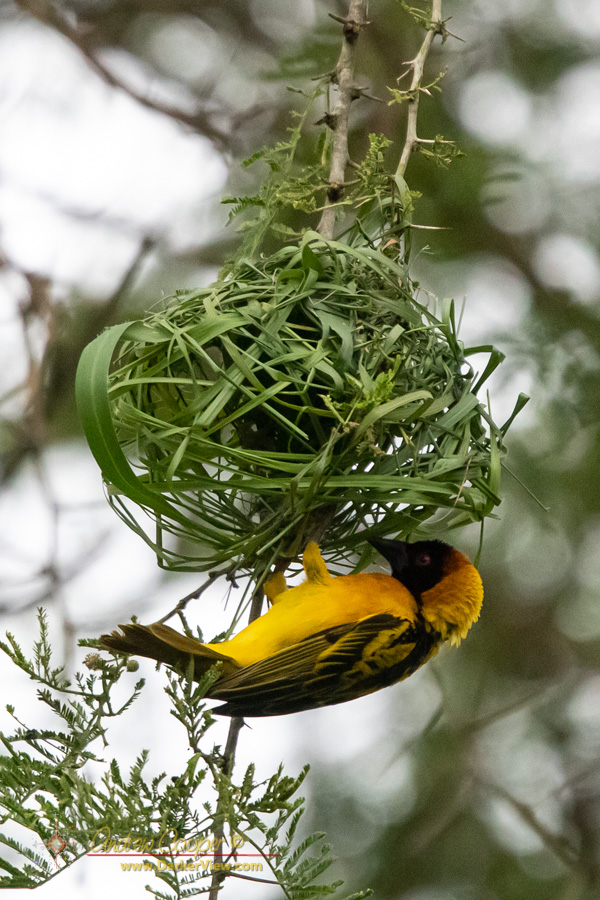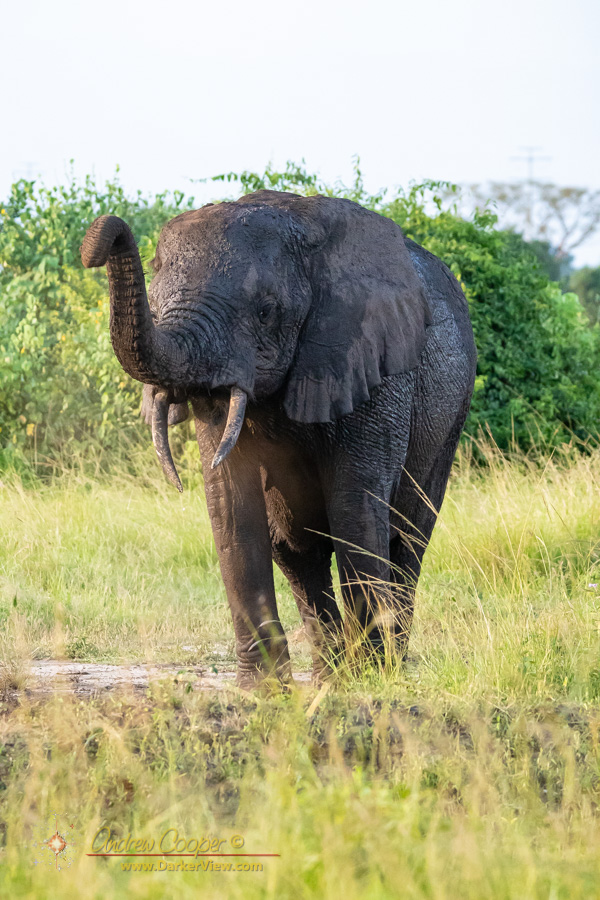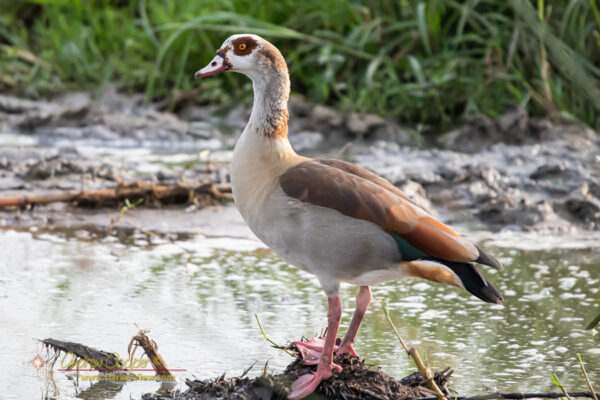




































When you want to see the stars, find someplace dark






































Lions are a big deal around Queen Elizabeth National Park, one of the reliable places to see them. A couple well known prides maintian territories that are quite accessible to the safari tours, making the park a must for the usual package safari tours.
These typical tours advertise a three or five day tour of Uganda’s wildlife, making a whirlwind tour of western Uganda and the various parks. They may stop at Bwindi NP to view the gorillas, Kibale NP for the chipanzees, and Queen Elizabeth NP for the lions.
Perusing the many online safari advertisements it becomes apparent that top billing in Uganda goes to the gorillas, nearly every tour package highlighting the primates. Gorillas may be the goal of foreign travelers, but for local tourists, most from Uganda or other East African countries, it is the lions they come to see. For those who grew up here it is the lions that hold the fascination and mystique.
Continue reading “Finding the Lions”

While the big game such as elephants, lions, and hippos, get the attention on an African safari, the birds deserve top billing as well.
The birds are amazing. From large, dramatic species like crowned cranes and hamerkops, to the small colorful sunbirds, there is an amazing richness to encounter in the African wilds.
There is only so many times you can take a photo of a lion or hippo. Between those big game encounters there are half a dozen birds to be viewed and photographed. From the delicate pin-tailed whydah to a wheeling flock of white-backed vultures, check out the birds.
Continue reading “Even the Starlings are Pretty”Imagine a bird…. A rather large bird…. That at once is both majestic and something that might populate a horror movie.
Look up just about any online list of the world’s ugliest birds and you will find the Marabou Stork listed. Deservedly so. This bird can be described as a very large, rather ill-tempered cross betwixt a stork, a vulture, and a burn victim.
The marabou stands about four feet tall and can have up to a three meter wingspan, though about two meters may be more typical. Large enough to intimidate nearly any other creature they may encounter, including people.
Continue reading “Marabou”Despite numerous international trips… Europe, Central America, living in England for several years, or living on an island in the middle of the Pacific… I had never crossed the equator.
Unlike so many I would not cross the equator in an aircraft or ship… I would cross it by car. The Kampala Masaka road crosses the equator at a small town named Kayabwe.
The zero line does not pass by unremarked. Local businesses have turned zero latitude into a tourist stop with large concrete zeroes either side of the road. Gift shops and a cafe greet travelers looking for an excuse to pause during the four hour journey from Kampala to Masaka.
Continue reading “To Cross the Equator”First stop in the Entebbe airport was a moneychanger, where I bought a couple hundred dollars worth of local currency. Here you encounter another vestige of British culture, the Ugandan schilling, abbreviated UGX, the official monetary unit in Uganda.
The coins and bills are quite pretty, featuring local wildlife and cultural icons. I do like the 1000 schilling note featuring the Ugandan Kob.
As the value of one shilling is fairly low after historical periods of inflation, there are no partial denominations such as cents or pence, the common coins are 100, 200, and 500 schillings. The most common bills are 1000, 2000, 10000 and 50000 schillings.
Continue reading “Money in Uganda”